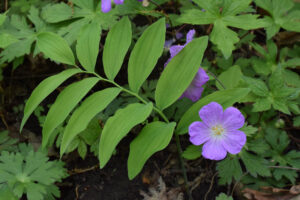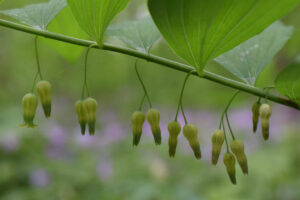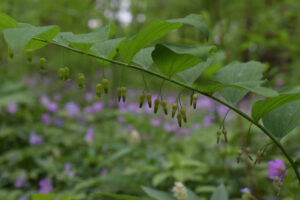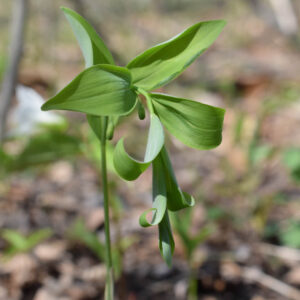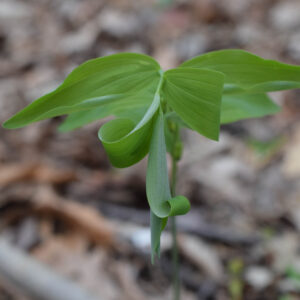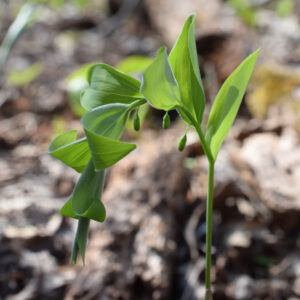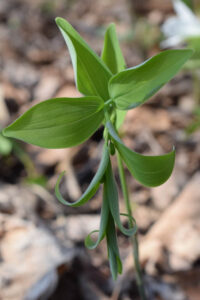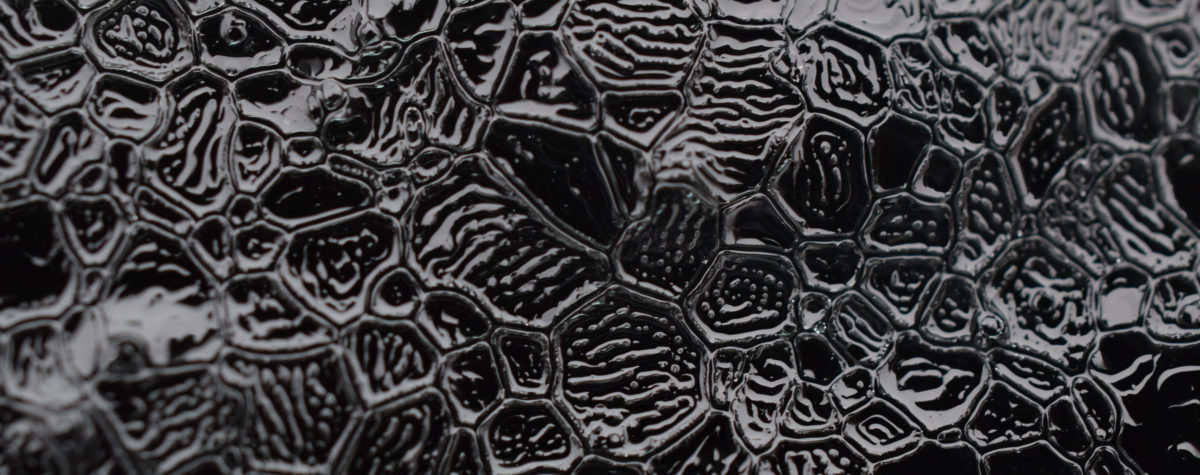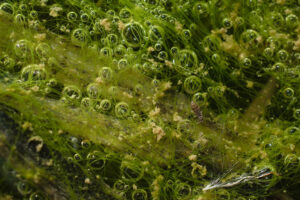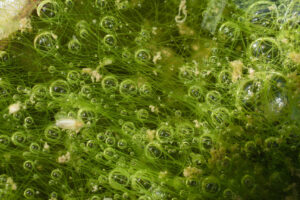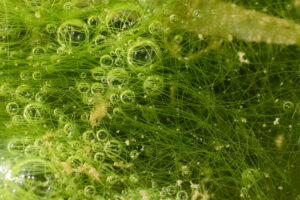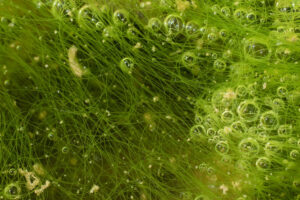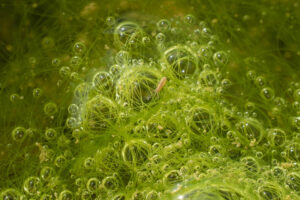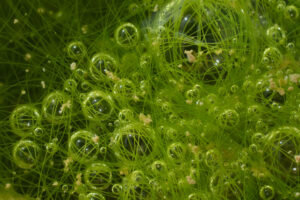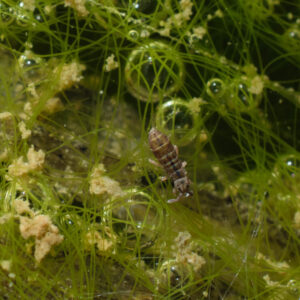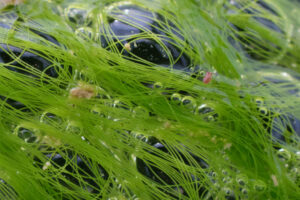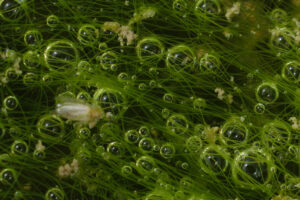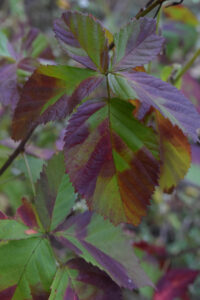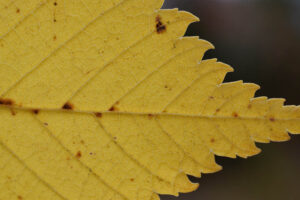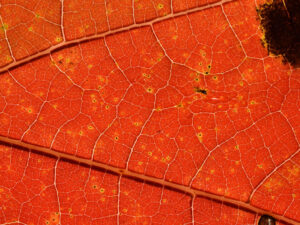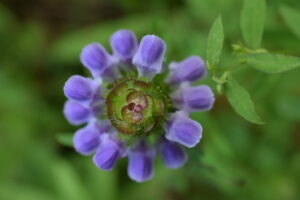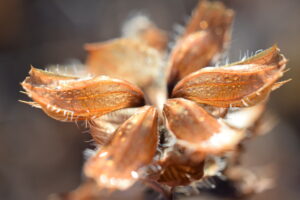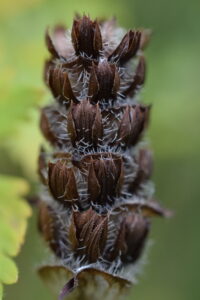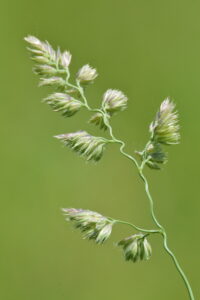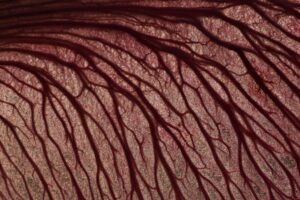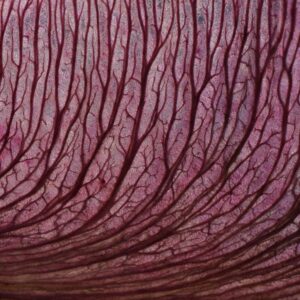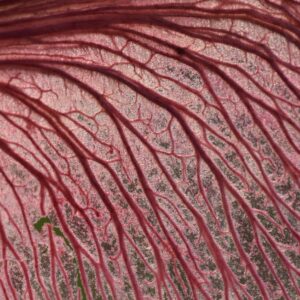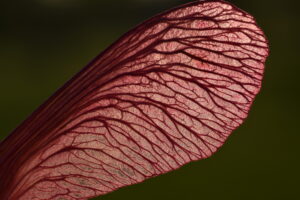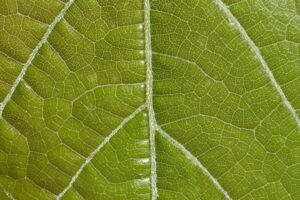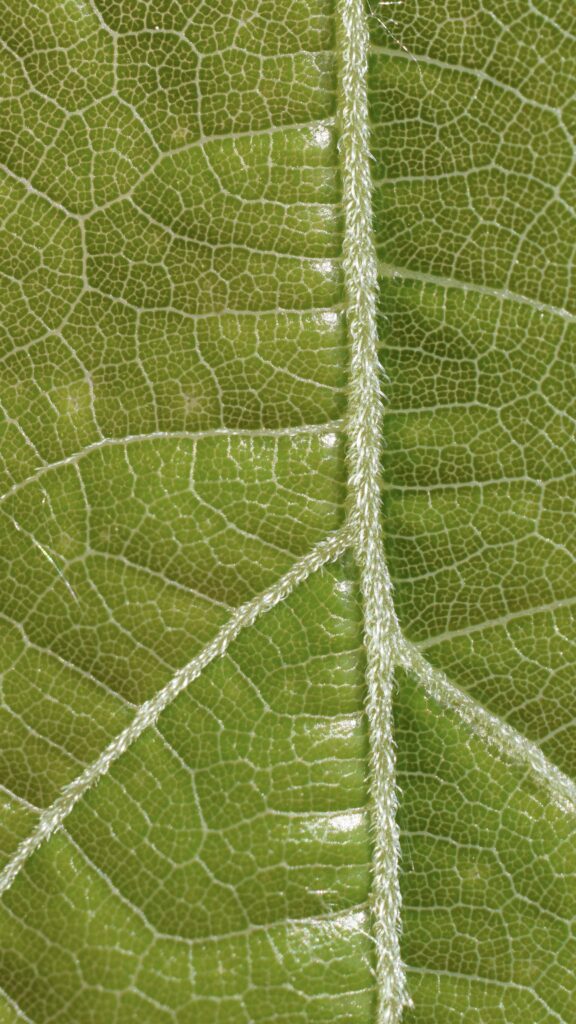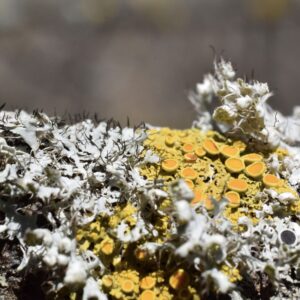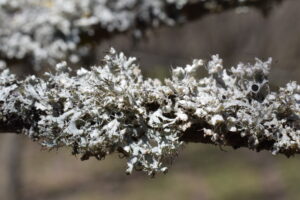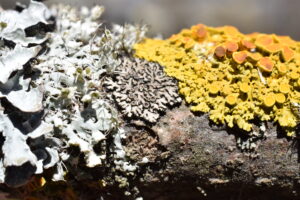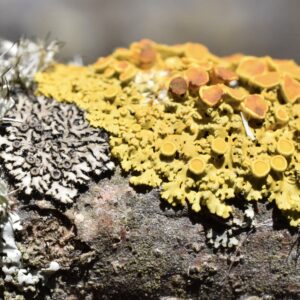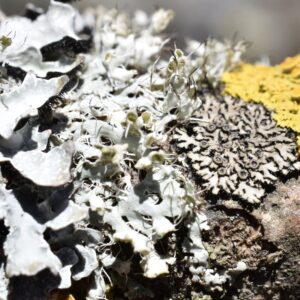Solomon’s Plume
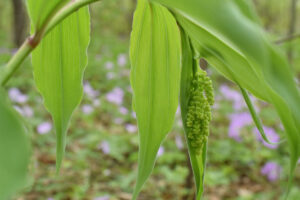
Maianthemum racemosum aka solomon’s plume is larger and has larger flower clusters than starry false solomon’s seal, but it doesn’t spread as vigorously, so I don’t find it in such dense patches. I find this species particularly fun to photograph, and the flowers aren’t even the main draw for me. I do have one particular photo of the flowers that is one of my favorites, though: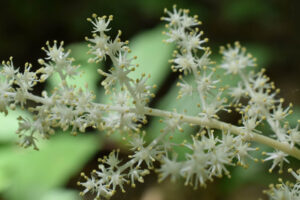
The out of focus leaves in the background are of a different plant of the same species, which is part of what I like about the photo. The first photo I used is also an old favorite of mine, showing the developing flower cluster with wild geraniums in the background. But a lot of the pictures I’ve taken are of the leaves, which have much the same alternating, zigzagging pattern as their relatives, but with an extra wavy edge to the leaves.
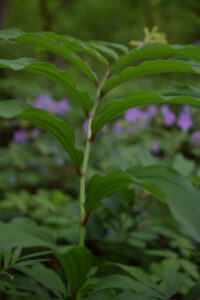
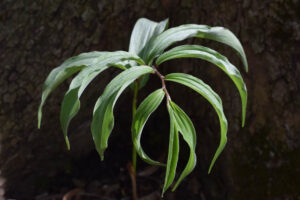
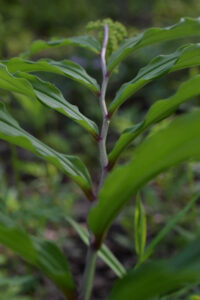
It usually blooms slightly out of sync with the other ephemerals, and only has a cluster of buds when the others are at their peak. I still like seeing it mixed in with the wild geraniums, though.
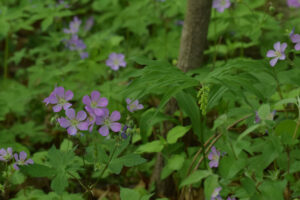
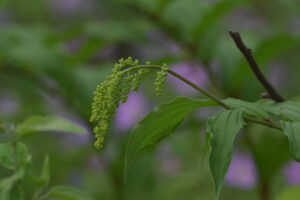
It also has a distinctive speckled pattern on the underripe berries, which it shares with a few other maianthemum species, but is otherwise unique as far as I know. And because they have particularly large flower clusters, they also have larger clusters of berries.
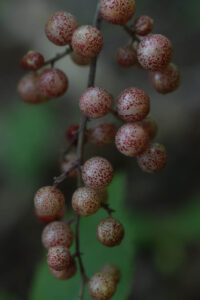
I rarely see the berries fully ripe, so I’m sure they are appreciated by the woodland creatures as well.
